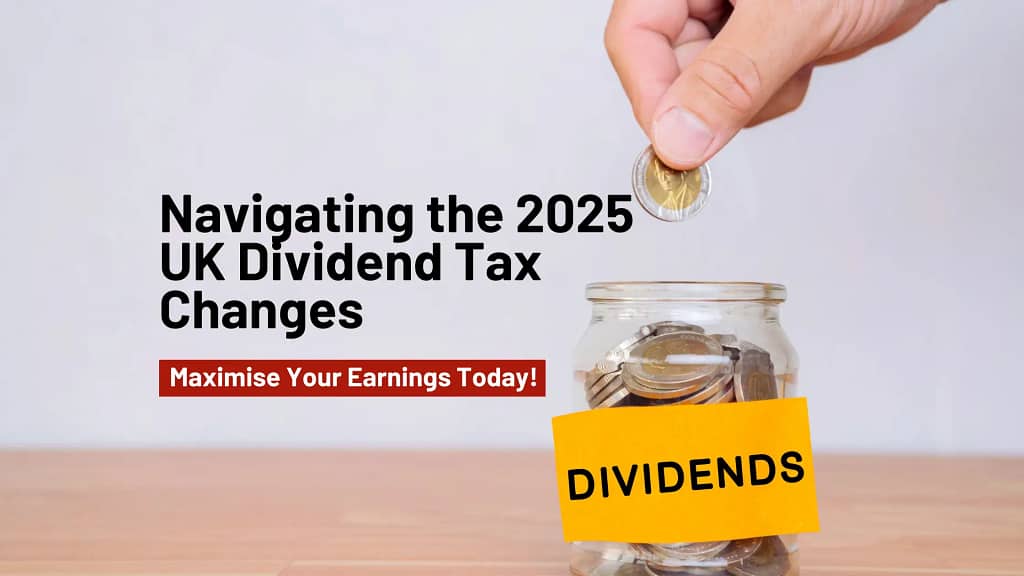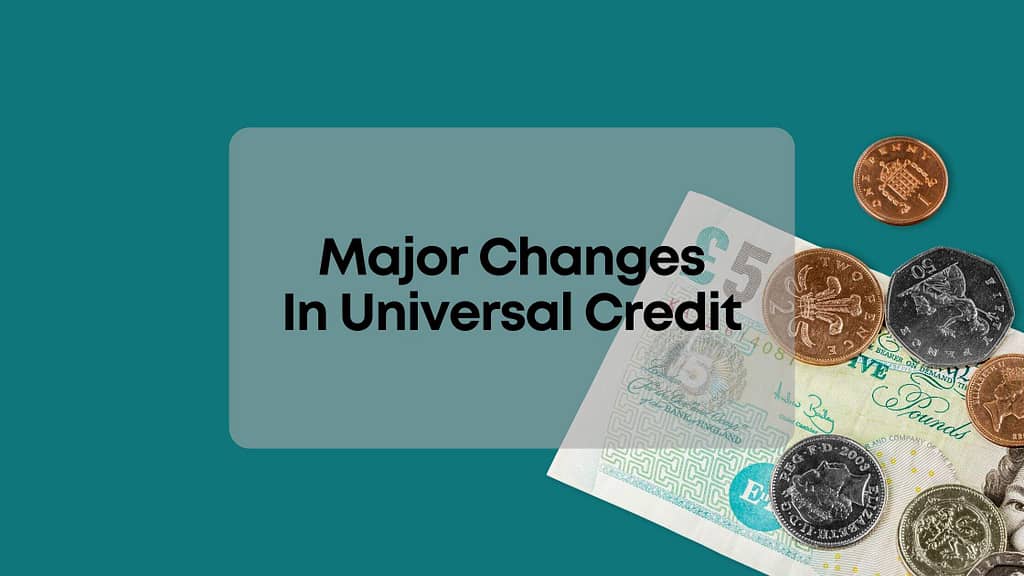If you run a limited company or receive income from dividends, either through personal investments or as a shareholder in a UK company, it’s essential to understand how dividend tax works. In 2025, significant changes, including a reduced tax-free dividend allowance, have affected how much tax you might owe. This article breaks down what dividend tax is, how it’s calculated, the current rates, and the latest updates so you can plan your income more efficiently and avoid unexpected tax bills.
What is the UK Dividend Allowance for 2025?
The UK Dividend Allowance is the amount of dividend income you can receive tax-free each year. For the 2025/26 tax year, the allowance is £500. You can earn up to £500 in dividends without paying tax. If your dividend income exceeds £500, you will pay tax on the excess, based on your total income. The allowance has decreased from £1,000 to £500, so more people will now pay tax on their dividend income. Dividends are taxed at lower rates than regular income, and you don’t pay National Insurance on them.
How Dividends Work in the UK
A dividend is a distribution of profits made by a company to its shareholders, paid out after Corporation Tax has been deducted from company profits. Dividends can be paid in cash, reinvested into your investment portfolio, or even issued as additional shares (SCRIP dividends). The amount you receive depends on the company’s profits and the number of shares you own.
There are two main types of dividends:
- Final dividends: Declared at the end of the company’s financial year, after annual accounts are approved.
- Interim dividends: Paid during the financial year, often when the company has surplus profits. These are agreed by the board of directors and can be paid more frequently.
How Dividends Are Taxed in the UK
Before you pay any tax on dividends, two allowances can reduce your bill:
- Personal Allowance : For 2025/26, the standard personal allowance is £12,570. This covers all your income, including salary and dividends.
- Dividend Allowance : For 2025/26, the dividend allowance is £500. This is the amount of dividend income you can receive tax-free, regardless of your other income
If your total dividend income stays within the £500 allowance, you don’t pay any dividend tax. If your dividends exceed this threshold, you pay tax on the excess at rates determined by your total taxable income.
UK Dividend Tax Rates for 2025
Dividend tax rates are lower than income tax rates. For the 2025/26 tax year, the dividend tax rates are:
- Basic rate: 8.75%
- Higher rate: 33.75%
- Additional rate: 39.35%
These rates apply to dividend income after the personal and dividend allowances are used.
UK Dividend Tax Bands Explained
Here’s how your dividend income fits into the different tax bands for 2025/26:
| Tax Band | Taxable Income Range (after allowances) | Dividend Tax Rate |
| Basic Rate | £12,571 to £50,270 | 8.75% |
| Higher Rate | £50,271 to £125,140 | 33.75% |
| Additional Rate | Over £125,140 | 39.35% |
These thresholds apply after your £12,570 personal allowance and £500 dividend allowance.
How to Calculate Dividend Tax for 2025
To work out how much dividend tax you owe, follow these steps:
- Add up all your income: Include salary, self-employment income, rental income, pensions, and dividends.
- Apply your personal allowance: The first £12,570 of your total income is tax-free.
- Apply your dividend allowance: The first £500 of your dividend income is also tax-free.
- Determine your tax band: Add your dividend income to your other income to see which tax band(s) you fall into.
- Apply the correct dividend tax rate(s): Tax is charged on your dividends above the allowance at the rate(s) for your income band(s).s.
Example Calculation
Suppose you earn a salary of £12,570 and get £50,000 in dividends in 2025/26.
- Personal Allowance: £12,570 of your salary is tax-free.
- Dividend Allowance: £500 of your dividend income is tax-free.
- Taxable Dividend Income: £49,500 (£50,000 – £500).
- Tax Calculation:
- First £37,700 taxed at 8.75% = £3,299.
- Remaining £11,800 taxed at 33.75% = £3,982.50.
- Total Tax: £3,299 + £3,982.50 = £7,281.50.
How to Report Dividend Income on Your Tax Return
If you earn dividends over the £500 allowance, you must report it to HMRC using a Self Assessment tax return. You’ll need to:
- Declare total dividend income for the tax year.
- Include it on your online or paper tax return.
- Pay any tax owed by the deadline (usually 31st January after the tax year ends).
Ensure you keep records of all dividend payments and any related documentation.
Recent Changes to Dividend Tax in 2025
One of the major changes to dividend tax in 2025 is the reduction of the dividend allowance from £1,000 to £500. As a result, more people will be required to pay dividend tax, even on smaller amounts. When planning how much to take from your company, it’s essential to account for this change. Besides, dividend tax rates themselves remain the same as in the previous year, but this lower allowance may increase your tax bill slightly if you’re used to receiving more tax-free dividends.
How to Maximise Tax-Free Dividend Allowances
There are several ways to reduce your dividend tax. One popular method is using Individual Savings Accounts (ISAs), which allow you to earn dividends tax-free up to the annual ISA limit of £20,000. Another strategy is making pension contributions, which lower your overall taxable income. This could reduce your tax band and, in turn, lower the tax rate on your dividends.
If you’re married or in a civil partnership, income splitting is another option. Transferring shares to your spouse or partner lets you use their personal tax allowance, helping to further reduce the tax you pay on dividends.
Final Thoughts: Preparing for the 2025 UK Dividend Tax Changes
Dividend tax in the UK is straightforward once you understand the basics. Since dividend tax rates are lower than income tax, many company directors take a small salary and the rest as dividends to reduce tax. Managing your income wisely helps you stay in lower tax bands and save money. Always report dividend income correctly and consider using software or an accountant to avoid surprises.



